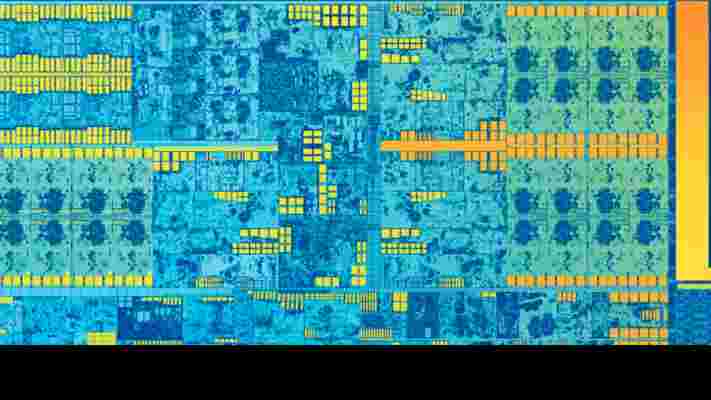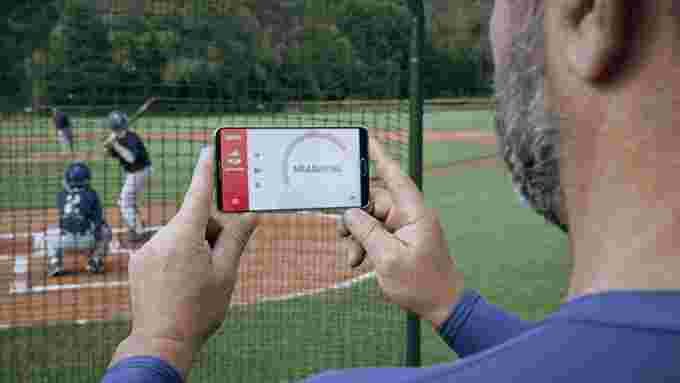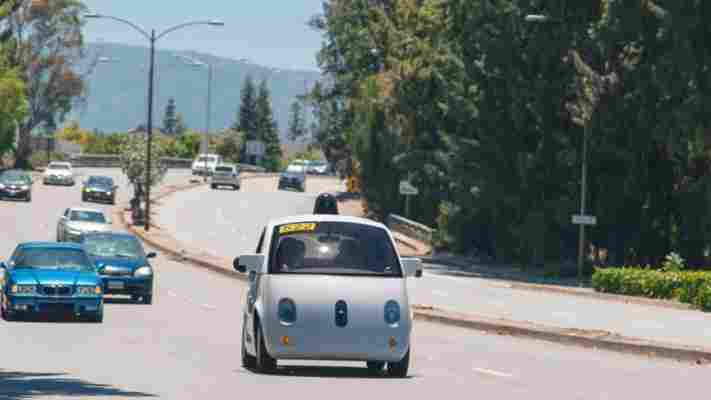Intel announced its new sixth-generation processors today , called Skylake.

Intel says the new processors will offer 10 percent better performance, 30 percent better graphics performance and an extra hour of battery life compared to the previous generation Broadwell chips.
Skylake is the “tock” part of Intel’s cadence, so it’s using the same 14-nanometer architecture introduced as a part of Broadwell.
The most interesting improvements as part of this generation are in the Intel Core M chips, which are the processors commonly found in ultra-portables like Apple’s new MacBook and the Intel Compute Stick .
The first generation of Core M offered disappointing performance, but Intel says that the new Skylake chip offers 40 percent better graphics performance and according to Gizmodo will offer up to 10 hours of battery life along with enough power to run three 4K videos at the same time.
That means we should start seeing some newer ultra-light laptops and tablets with decent performance for the first time in the near future — I’m hoping Apple will update the MacBook with the new chips soon.
Skylake also supports overclocking for the first time in its mobile chips and will offer an ‘unlocked’ version of its ‘M’ chip for the first time.
Intel has also updated its badges that you’ll see stuck to computers in the future, to make it clearer about which level of processor you’re getting at a glance.
What’s odd about Intel’s marketing this time around is it’s comparing the chips to those found in five year old computers rather than last year’s — with statistics like 3 times longer battery life and 30 times better graphics.
It’s probably due to the fact that it isn’t an earth-shattering improvement over Broadwell for most people, but it’s a good way to inflate the numbers for marketing. For the nitty-gritty details on each new chip, there’s a factsheet here .
That said, if you’re considering buying a new Windows computer, stop right now and wait a few weeks. It’s not worth getting last generation’s performance for your money unless it’s heavily discounted, especially if that laptop is ultra-light.
You won’t see Skylake processors immediately — they’ll be rolling out in the “coming months” as Intel’s partners begin putting them into new machines, though some manufacturers have announced new models already .
Scoutee baseball radar measures pitch speed with your smartphone
At last, quantification seems to have finally made its way to where it’s actually important: Sports – baseball, in particular. Slovenia-based Scoutee has launched a $50,000 Kickstarter campaign for a smart radar that can measure the speed of baseball pitch and transfer the data to smartphone via Bluetooth.

The team behind Scoutee says its tool can help coaches and players who want to keep track of games and training sessions.
Instead of the traditional speed gun or special speed sensing balls to measure the speed of the pitch, Scoutee radar utilizes Doppler technology and claims an accuracy within ±1 mph. Its companion app for iOS and Android allows you to make quick notes regarding each tracked pitch, as well as record video with the speed data laid over.
Scoutee radar, which is about the size of a soap bar, can be held by hand in the measurement process, as well as hung on a fence, put on a tripod, or snapped to a smartphone with a magnetic sticker. Its rechargeable battery lasts up to six hours of continuous measurement within a 130 feet (some 40 meters) range.
While Scoutee is aimed at baseball players and was founded by a former player of Slovenia’s national team, it can used for any other ball sports where the speed is important.
“We are starting with baseball because our CEO Miha Uhan played baseball for many years, but we also plan to expand Scoutee into other sports,” Scoutee co-founder and CMO Majda Dodevska told TNW. “We are already getting requests from other sports, such as cricket, tennis, golf, lacrosse, hockey, handball, etc.”
The device is currently offered to Kickstarter backers for a super early bird price of $129, while the planned retail price is $299. The shipments are set to begin in April 2016.
➤ Scoutee (Kickstarter)
Google had nearly 50 self-driving cars on the road in October
Google released a report [PDF] for its October activities within its self-driving car program, which is now running in both California and Austin , Texas. The company gave a little insight into how the program is doing, as well as the company’s philosophy on the cars.

According to the report, Google has 48 cars total on the road in California and Austin. Currently, the company has 23 Lexus RX450h SUVs self-driving on public streets, with 19 running in Mountain View and 4 in Austin. It also has 25 prototype cars self-driving on public streets, with 21 in Mountain View and 4 in Austin.
Right now, both cars are capable of two modes, ‘Autonomous’ and ‘Manual.’ Since the beginning of the project in 2009, cars have officially logged 1,268,108 miles in ‘Autonomous’ mode.
Right now, cars are averaging 10,000 to 15,000 miles in ‘Autonomous’ mode every week.
This month, the company says they tested the self-driving car’s capabilities around small children, which require more care as they are unpredictable. It’s these sorts of special measures that will help the company develop a fully functional autonomous car, which is the end-goal for the program.
➤ Google [PDF]
